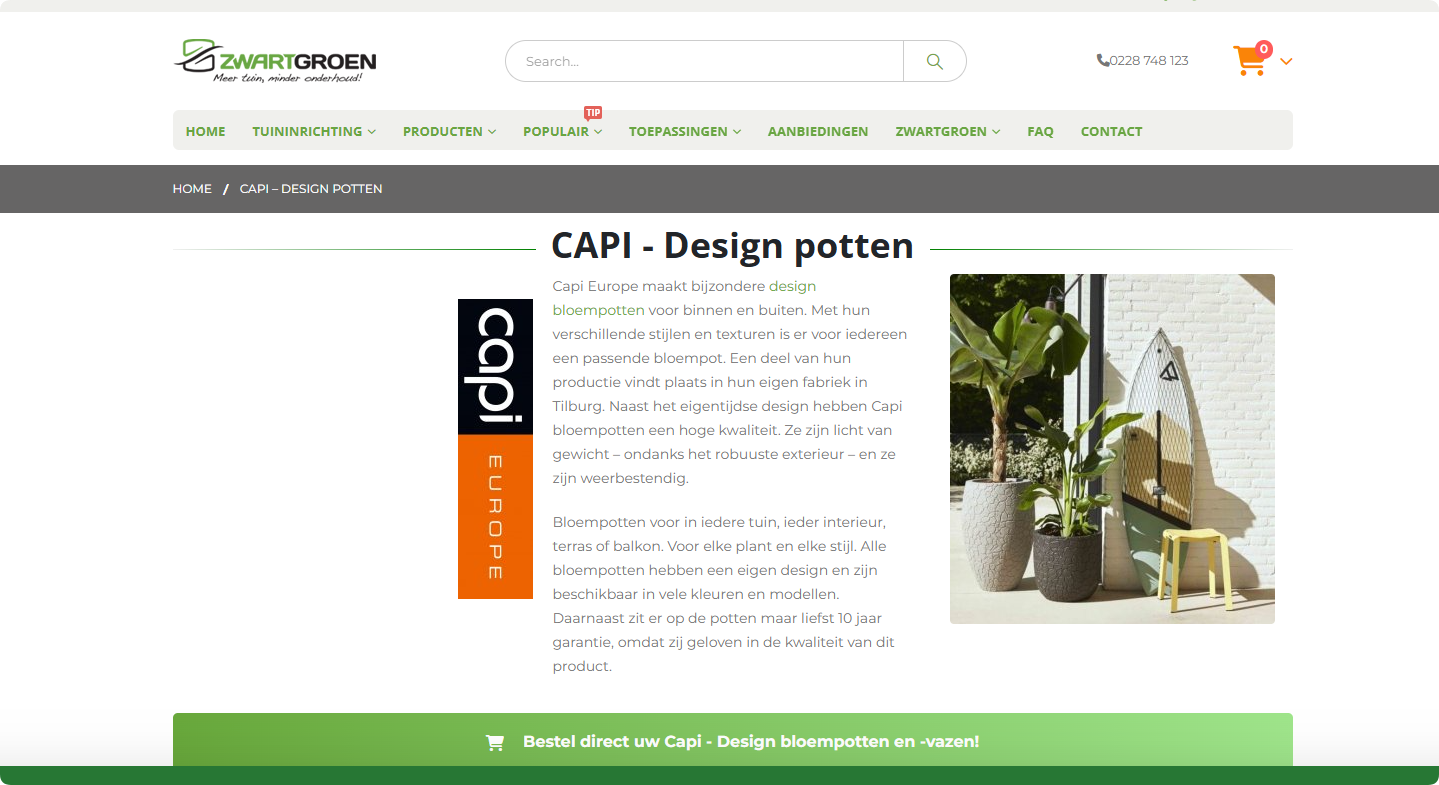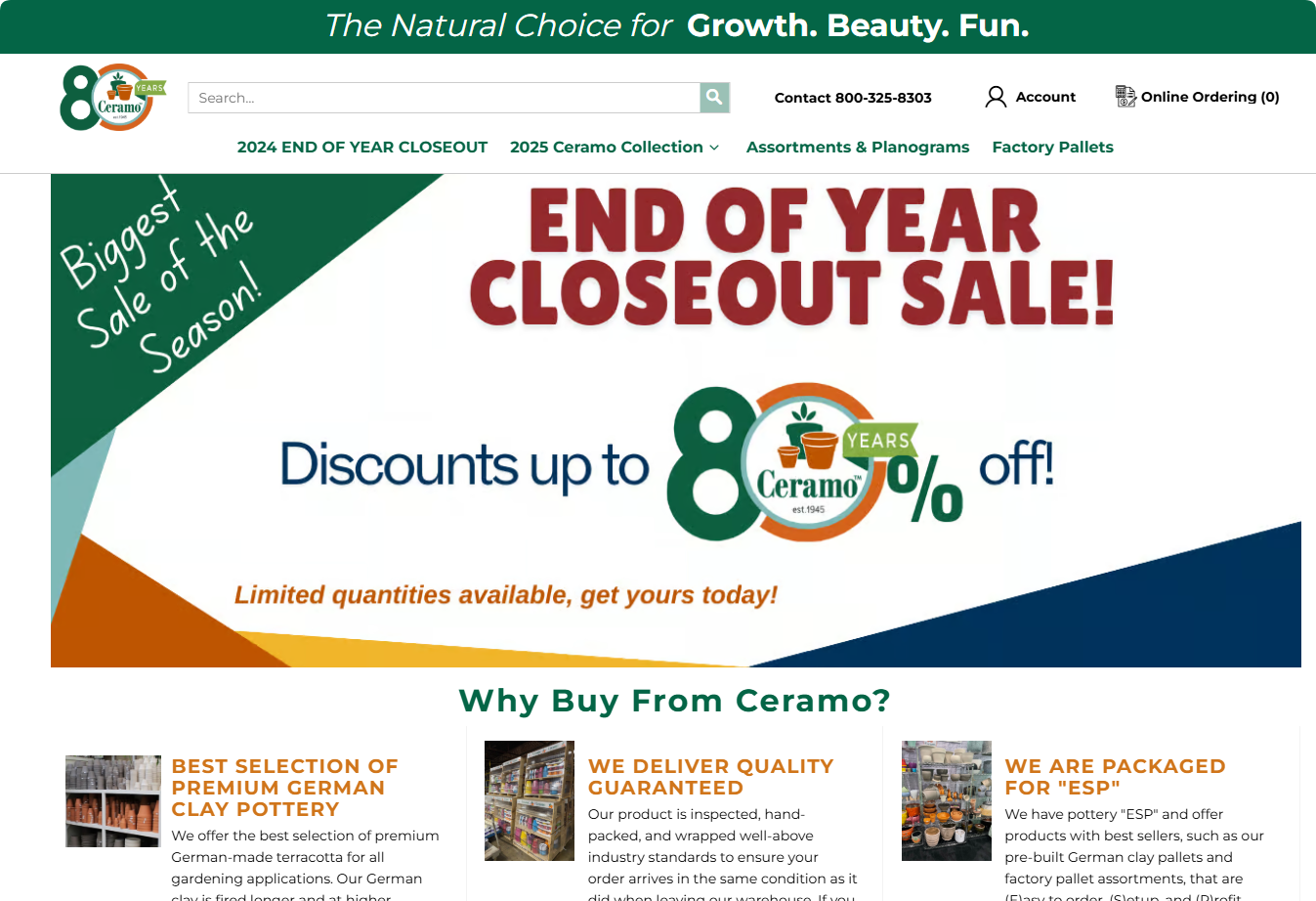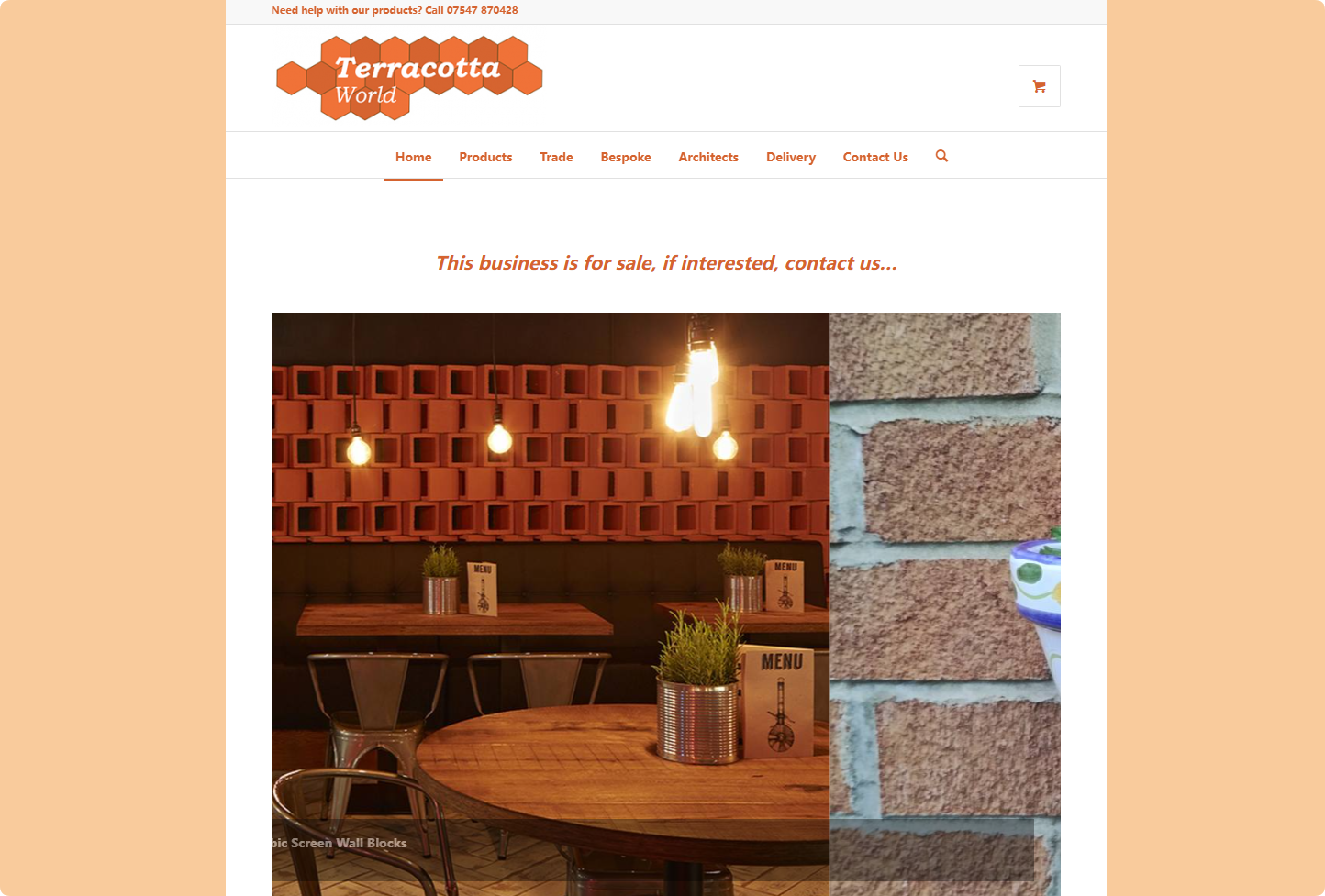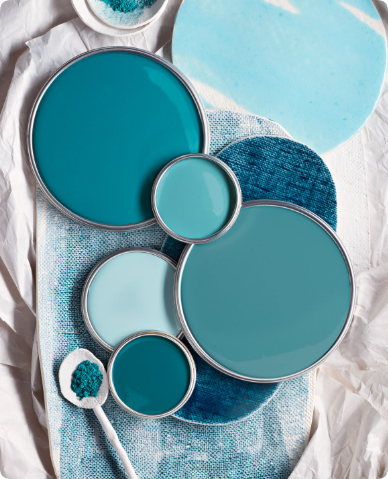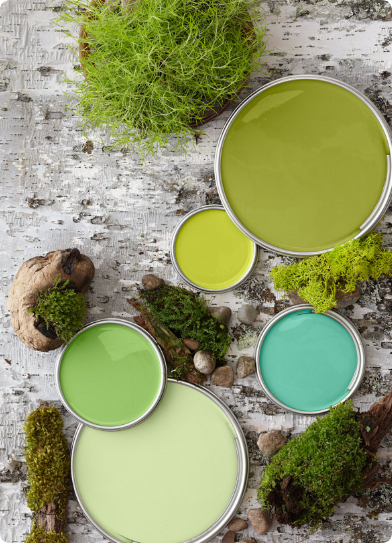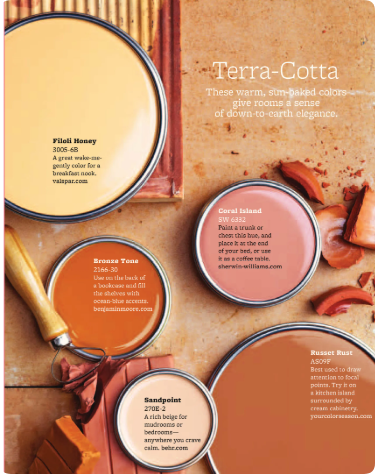The global market for flower pots has experienced rapid growth in recent years, driven by rising demand for eco-friendly gardening solutions and aesthetic interior decor. For businesses aiming to tap into this thriving market, finding the right supplier is crucial. In this blog, we list the top 10 suppliers for flower pots worldwide, explore how the 2025 Pantone color trends can influence product designs, discuss AI-driven innovations in ceramic planters, and provide actionable advice on how to select the best supplier for your business.
Top 10 Suppliers for Flower Pots Worldwide
- Lechuza (Germany)
- Specialization: Self-watering plastic pots with sleek, modern designs.
- Key Features: Perfect for urban gardeners, offices, and indoor plant setups.
- Sustainability: Recyclable materials and energy-efficient production methods.
- Terracotta World (Italy)
- Specialization: Handmade terracotta pots with authentic Italian craftsmanship.
- Key Features: Durable and breathable pots ideal for outdoor use.
- Sustainability: Natural clay sourced from local regions.
- Capi Europe (Netherlands)
- Specialization: Lightweight pots with unique textures inspired by nature.
- Key Features: Focus on sustainability, with products made from recycled materials.
- Bloem (USA)
- Specialization: Affordable plastic pots in vibrant colors.
- Key Features: Lightweight and weather-resistant, ideal for large-scale landscaping projects.
- Keter (Israel)
- Specialization: Resin and plastic pots with a focus on durability and style.
- Key Features: Popular for outdoor spaces and high-traffic areas.
- Tuscan Path (Australia)
- Specialization: Rustic stone and ceramic pots.
- Key Features: Decorative designs that complement traditional gardens.
- Elho (Netherlands)
- Specialization: Eco-friendly pots made from 100% recycled plastics.
- Key Features: Modern designs with built-in drainage systems.
- Ceramo Company (USA)
- Specialization: Wholesale ceramic and terracotta planters.
- Key Features: Large inventory with quick turnaround for bulk orders.
- Vietri Ceramics (Vietnam)
- Specialization: Handcrafted ceramic pots with intricate designs.
- Key Features: Combines traditional artistry with modern aesthetics.
- Greenbo (Israel)
- Specialization: Innovative railing planters for urban spaces.
- Key Features: Patented designs suitable for balconies and small gardens.
Pantone 2025 Trends: Designing Custom Flower Pots
Pantone’s color trends for 2025 emphasize natural tones with a vibrant twist, aligning with eco-conscious consumer preferences. Here are recommendations for incorporating these trends into flower pot design:
| Aspect | Suggestions Based on Pantone 2025 |
|---|---|
| Color | Use warm earth tones like Terracotta, Moss Green, and Cool Blue as base colors. Bright accents like Coral Red and Sunflower Yellow can enhance visual appeal. |
| Design | Opt for minimalistic yet functional designs with clean lines. Organic, asymmetrical shapes will also be trendy. |
| Material | Use sustainable and natural materials, such as terracotta and recycled plastics, to cater to eco-conscious buyers. |
| Packaging | Eco-friendly packaging with compostable or recyclable materials. Include branding that highlights sustainability. |
These suggestions ensure that custom flower pots resonate with 2025 design trends while meeting consumer demands for eco-friendly and stylish products.
AI-Driven Innovations in Ceramic Flower Pots
With the rise of AI in manufacturing, flower pots can now incorporate smart functionalities to enhance their utility and appeal. Some innovative features include:
- Self-Watering Systems
AI-driven moisture sensors can automate watering, ensuring optimal plant health and reducing maintenance efforts for users. - Soil Health Monitoring
Advanced sensors integrated into ceramic pots can monitor pH levels, nutrient content, and temperature, sending real-time updates to users’ smartphones. - Customizable LED Grow Lights
Built-in LED systems powered by AI can adjust lighting based on plant species and surrounding conditions, boosting growth efficiency. - AR Integration for Plant Care
Pots equipped with QR codes can provide augmented reality (AR) guides for plant care, offering users tips and tutorials tailored to their specific plants.
These features not only enhance functionality but also open up new market opportunities, especially for urban gardeners and tech-savvy consumers.
How to Determine Supplier-Buyer Compatibility
Selecting the right supplier involves more than comparing product catalogs. Here’s a step-by-step guide to evaluate compatibility:
- Evaluate Product Quality
Request samples and inspect for durability, finish, and compliance with industry standards. - Assess MOQ (Minimum Order Quantity)
Ensure the supplier’s MOQ aligns with your purchasing needs, whether for bulk orders or smaller shipments. - Check Logistics and Shipping Capabilities
Confirm the supplier’s ability to deliver on time and handle international shipping, including customs clearance. - Analyze Communication and Support
Test responsiveness and clarity in communication. A reliable supplier will provide prompt updates and solutions to queries. - Review Client Testimonials
Look for reviews and case studies to gauge the supplier’s reliability and reputation in the market. - Sustainability Practices
Evaluate whether the supplier uses eco-friendly materials and processes, especially if your brand emphasizes sustainability.
FAQs
1. How can I ensure the quality of flower pots when sourcing internationally?
Request detailed product specifications, certifications, and samples before placing bulk orders. Regular audits and inspections can also help maintain quality standards.
2. Are eco-friendly pots more expensive?
While the initial cost might be slightly higher, eco-friendly pots offer better marketability and align with the growing demand for sustainable products.
3. What are the most popular materials for flower pots in 2024-2025?
Terracotta, ceramic, and recycled plastics remain popular due to their durability, aesthetic appeal, and eco-friendliness.
4. Can I customize flower pots with my brand logo?
Yes, many suppliers offer customization options, including logo printing, custom colors, and unique designs tailored to your brand.
5. How do AI-driven features add value to flower pots?
AI features like self-watering and soil monitoring enhance user convenience, making flower pots more appealing to tech-savvy and busy consumers.
Conclusion
By carefully selecting a supplier that matches your business needs, you can ensure consistent quality, timely deliveries, and customer satisfaction. As the flower pot industry continues to evolve, incorporating Pantone trends and AI-driven features can set your products apart from competitors.
If you’re ready to take your planter business to the next level, reach out to Hale Planter today for consultation and bulk order opportunities.

